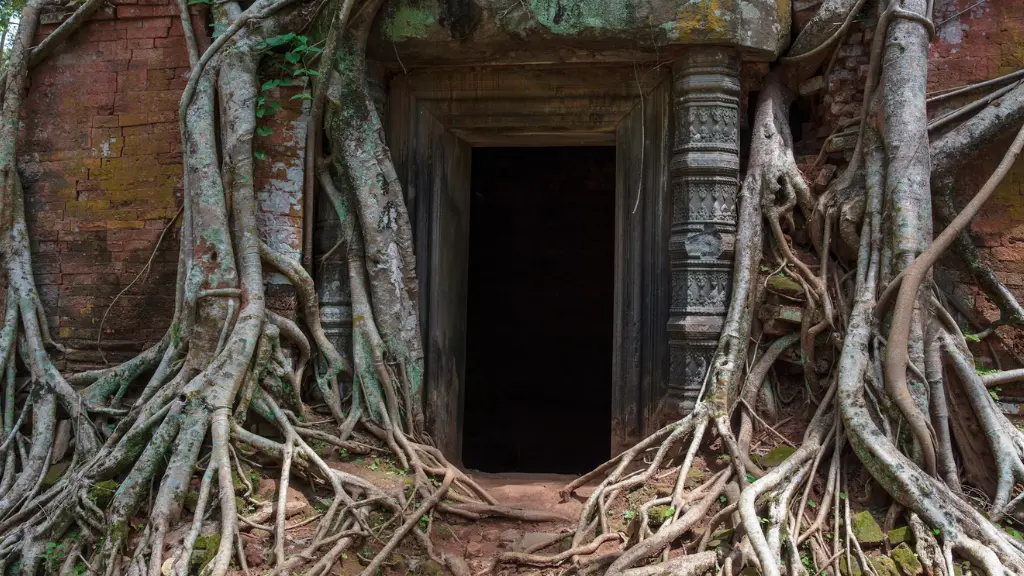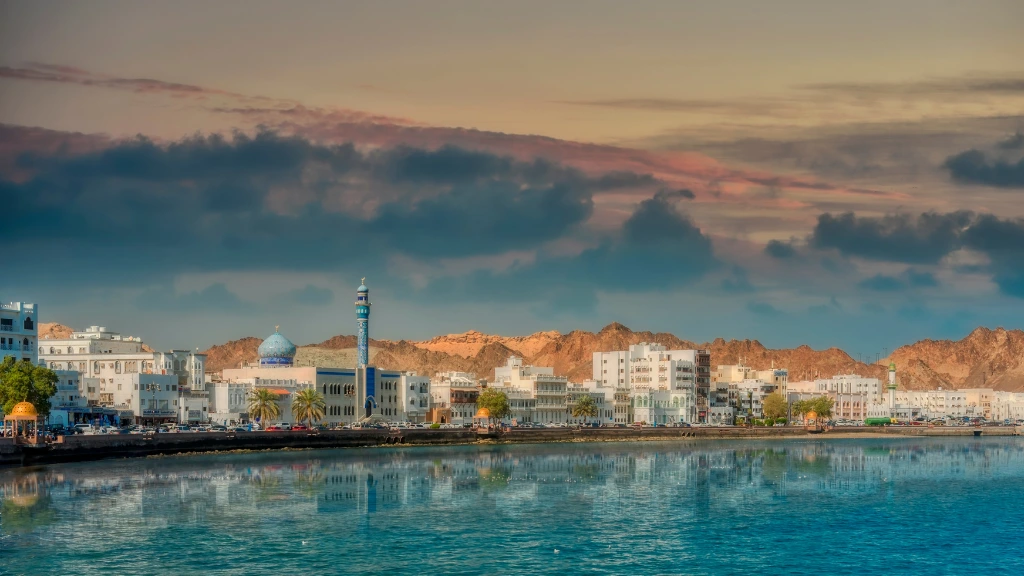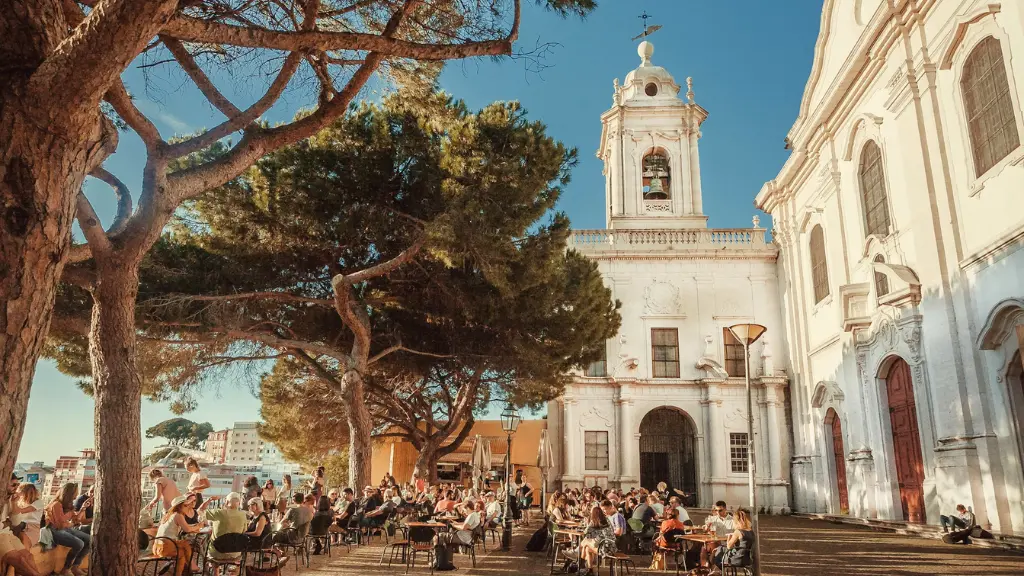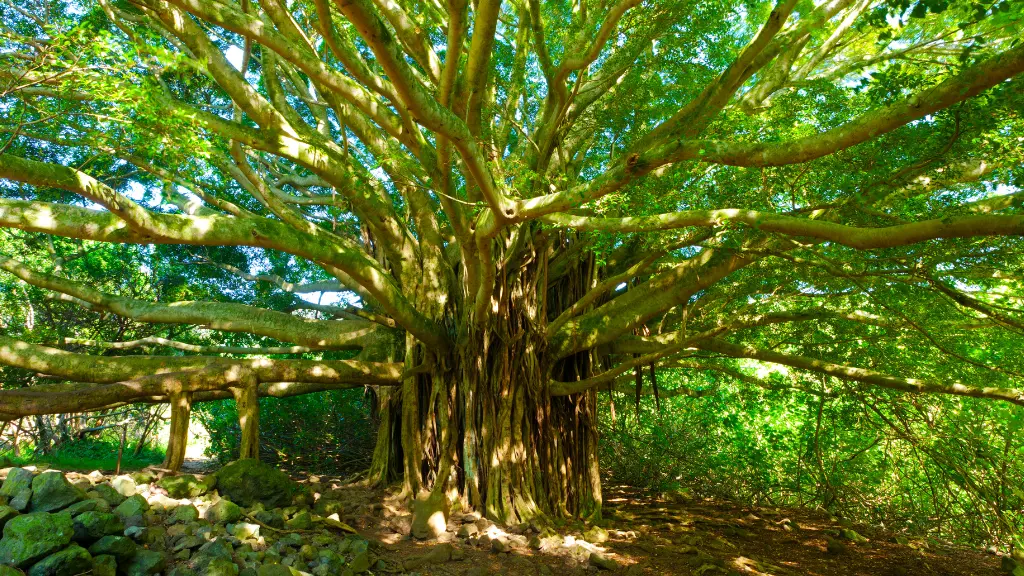UNESCO’s World Heritage Sites list has gained some remarkable additions in 2024, each representing humanity’s shared legacy.
This year’s selected sites span several continents, offering experiences that range from unique ecological habitats to awe-inspiring cultural landmarks. Here’s an overview of ten standout entries, all set to ignite your wanderlust.
You May Also Like: Discovering Mostar’s Stari Most: 7 Reasons to Dive into Its History and Beauty
1. The Forgotten Temples of Nan Madol – Micronesia
Set in the western Pacific Ocean, Nan Madol’s coral-lined channels and islets have fascinated historians. Built on 92 artificial islets, these temples showcase a fascinating blend of Micronesian architecture and sacred landscapes. Once a thriving center of power, it’s an ideal spot for history buffs and nature lovers.
Image Idea:
A serene, drone-shot view of the coral islets surrounded by lush vegetation and blue waters.
2. Charming Ottoman Village of Cumalıkızık – Turkey
The cobbled streets, stone homes, and Ottoman architecture of Cumalıkızık have preserved a slice of 14th-century Turkish culture. This village embodies traditional Turkish lifestyles, with artisanal craft stores, coffeehouses, and architecture that harkens back centuries.
Image Idea:
A vibrant, close-up shot of Cumalıkızık’s colorful Ottoman-style homes with flowers and cobbled pathways.
3. Amazonian Pink Dolphin Reserve – Brazil
An ecological haven, this newly protected area in Brazil safeguards the Amazon’s iconic pink river dolphins and countless other endemic species. Guided tours help visitors explore the Amazon’s biodiversity while supporting conservation efforts.
Image Idea:
Capture of a pink dolphin swimming through the reflective waters of the Amazon with surrounding dense jungle.
4. Cultural Landscapes of the Loess Plateau – China
China’s Loess Plateau is both a natural wonder and a cultural marvel. Known for its stunning terrace farms, ancient settlements, and historical artifacts, this region offers travelers a fascinating look at early Chinese agriculture and civilization.
Image Idea:
Aerial view of the terraced farms against the golden hues of the plateau landscape.
5. Cycladic Islands of Greece: Mykonos and Santorini’s Lesser-Known Neighbors
While Mykonos and Santorini are crowd favorites, UNESCO has highlighted nearby islands known for preserved natural beauty and traditional Greek charm. From pristine beaches to quiet villages, these Cycladic Islands offer the best of Greek culture without the crowds.
Image Idea:
Picturesque shots of a small Cycladic village, with blue domes and whitewashed buildings overlooking a tranquil Aegean sea.
6. Ancient Adobe Ruins of Tiwanaku – Bolivia
The Tiwanaku ruins, close to Lake Titicaca, reveal the legacy of the pre-Incan civilization that inhabited the Andean region. The complex’s architecture, along with unique monolithic statues and pyramids, offer insights into one of South America’s oldest cultures.
Image Idea:
Wide-angle view capturing the impressive monolithic structures and surrounding mountainous landscape.
7. Marrakesh Medina – Morocco
Known for its historical medinas, Morocco now boasts its newest UNESCO addition in Marrakesh. With bustling souks, intricately designed palaces, and a medina filled with the vibrant colors and sounds of Moroccan culture, it’s a sensory delight.
Image Idea:
Bright, close-up shots of vibrant Moroccan market stalls brimming with spices, fabrics, and crafts.
8. Pacific Islands’ Traditional Canoe Routes – Polynesia
This site recognizes Polynesian seafaring heritage, emphasizing the traditional navigation and canoe-building techniques essential to Polynesian culture. It’s an homage to the skilled navigators who traveled vast Pacific distances, relying on stars and ocean currents.
Image Idea:
Image of a traditional Polynesian outrigger canoe against the backdrop of an endless blue sea.
9. The Great Maya Reef – Belize
Part of the Mesoamerican Barrier Reef, the Great Maya Reef offers some of the world’s best snorkeling and diving spots. This newly recognized site protects vibrant coral reefs, underwater caves, and diverse marine life along Central America’s coast.
Image Idea:
Underwater shot of colorful coral reefs and schools of tropical fish swimming through the vibrant marine ecosystem.
10. The Painted Monasteries of Bucovina – Romania
Known for colorful frescoes dating back to the 15th and 16th centuries, these monasteries in Bucovina are masterpieces of medieval art. Their exterior murals depict biblical stories and scenes, creating one of Europe’s most unique historical sites.
Image Idea:
Close-up of the detailed frescoes on the outer walls of a monastery with mountainous backdrops.
Why These Sites Matter More Than Ever
As UNESCO’s list grows, so does our understanding of global heritage, both natural and cultural. Each site reflects a unique part of the human experience, whether through the biodiversity it safeguards or the stories its architecture tells. These sites preserve not only historical legacies but also emphasize the importance of conserving our planet’s irreplaceable wonders.
Visiting these destinations supports local economies, fosters cultural appreciation, and helps fund preservation efforts. Whether you’re an eco-tourist, history buff, or simply curious about world cultures, the newest UNESCO World Heritage Sites in 2024 offer endless opportunities for meaningful travel.
Travel Tips for UNESCO Site Visitors
- Respect Local Guidelines: Many sites have specific rules to protect their surroundings. Follow guidelines and refrain from touching or climbing on ancient structures.
- Support Local Economy: Opt for locally guided tours, buy handicrafts from artisans, and sample regional foods. This helps local communities and boosts heritage preservation.
- Limit Environmental Footprint: When visiting natural sites, carry reusable water bottles, avoid plastic waste, and stay on marked paths to minimize impact.
- Plan Ahead: UNESCO sites can be popular. Research when crowds are lowest and consider off-peak visiting hours for the best experience.
- Learn the History: A little background on each site enriches your visit. Read up on the region’s cultural significance and the site’s journey to becoming a World Heritage Site.
Conclusion: Discover the World, Sustainably
UNESCO’s 2024 list is a stunning reminder of our planet’s wonders, both natural and crafted by ancient hands. By choosing to visit these sites thoughtfully, you help preserve them for generations to come, ensuring their stories and splendor endure. So, when planning your next trip, consider immersing yourself in the rich history and captivating beauty of UNESCO’s newly minted World Heritage Sites.










